![]()
![]()
![]()
![]()
![]()
![]()
![]()
![]()
![]()
![]()
![]()
![]()
Alhambra’s Cross
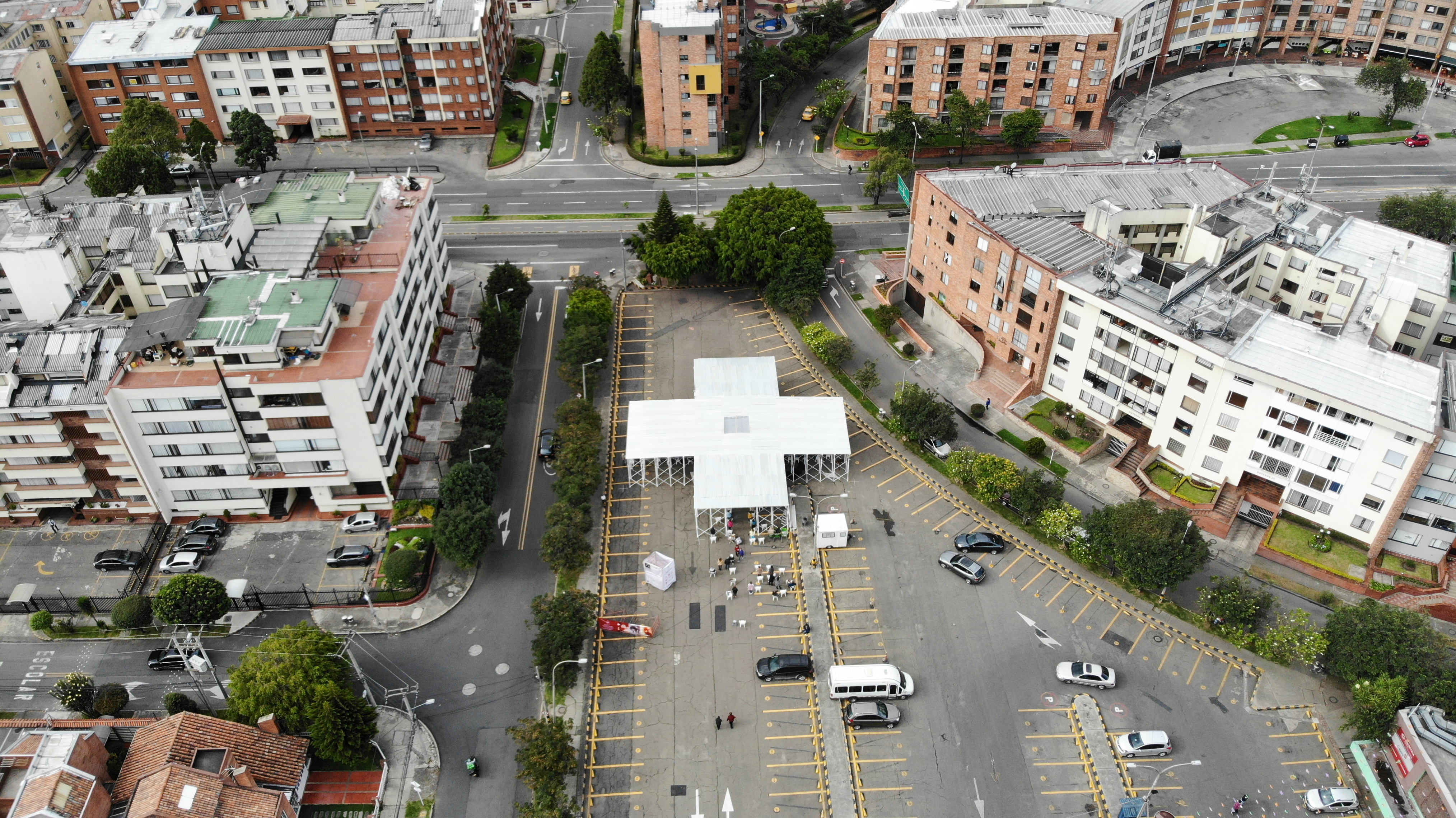

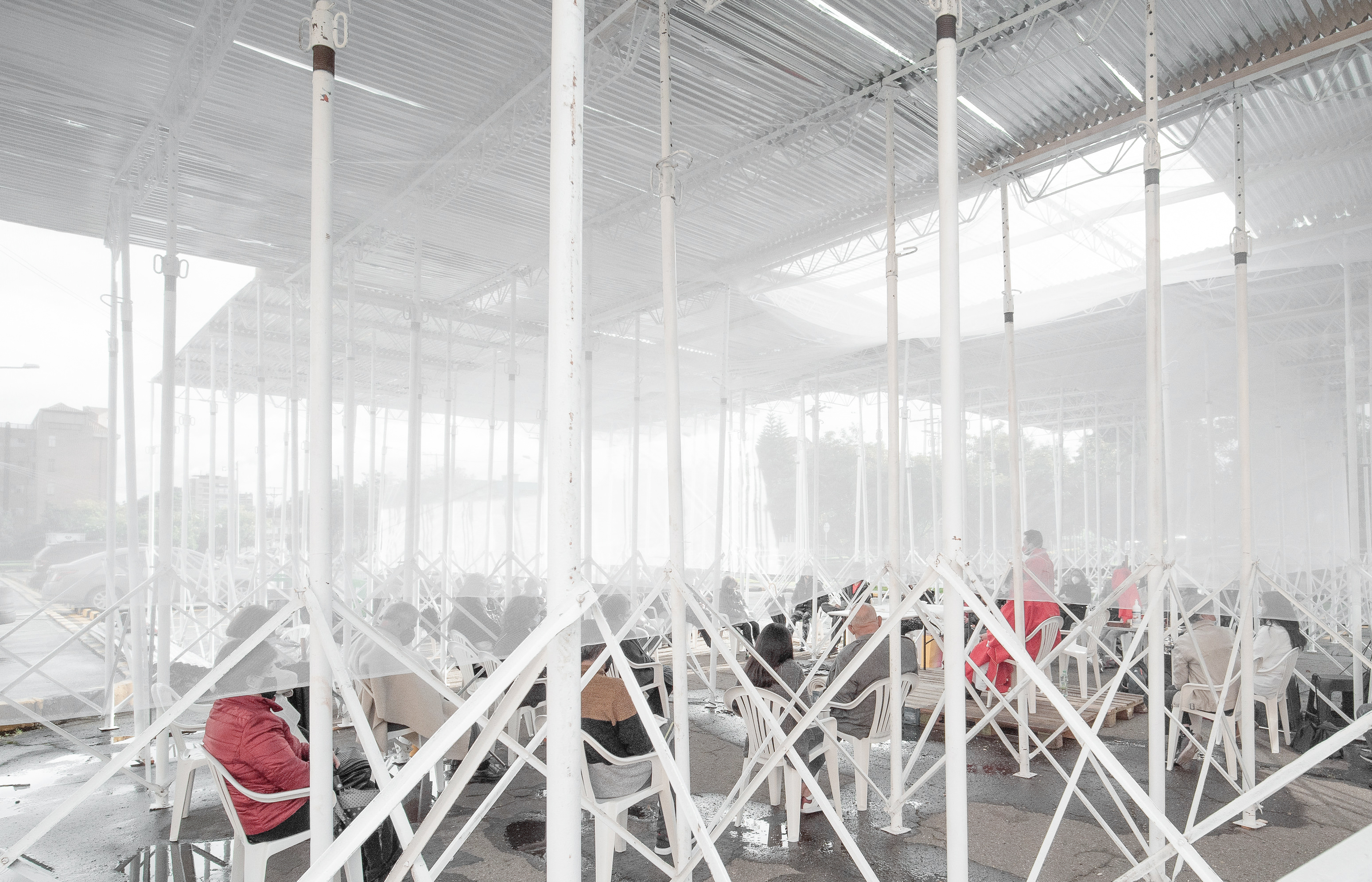
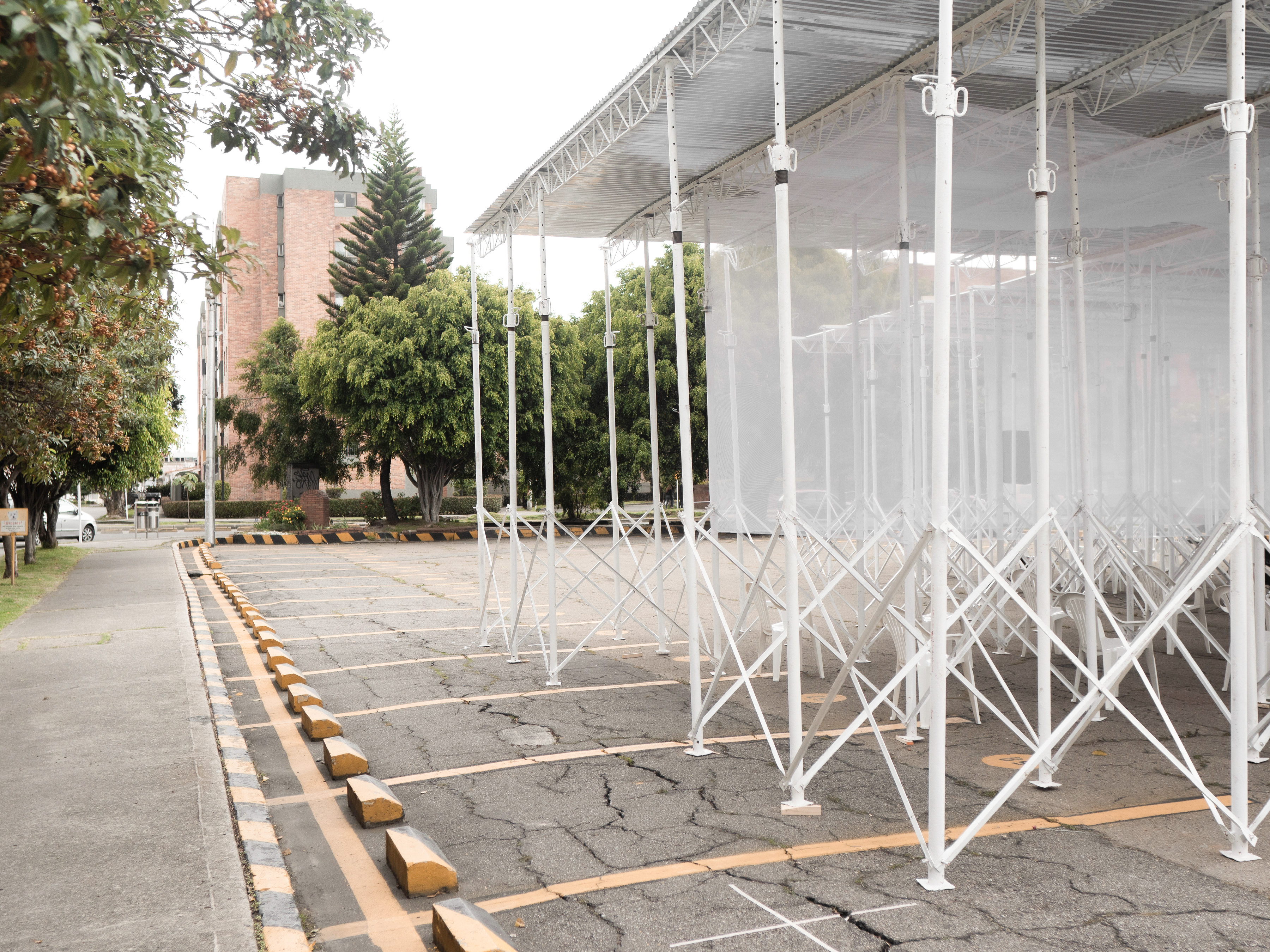




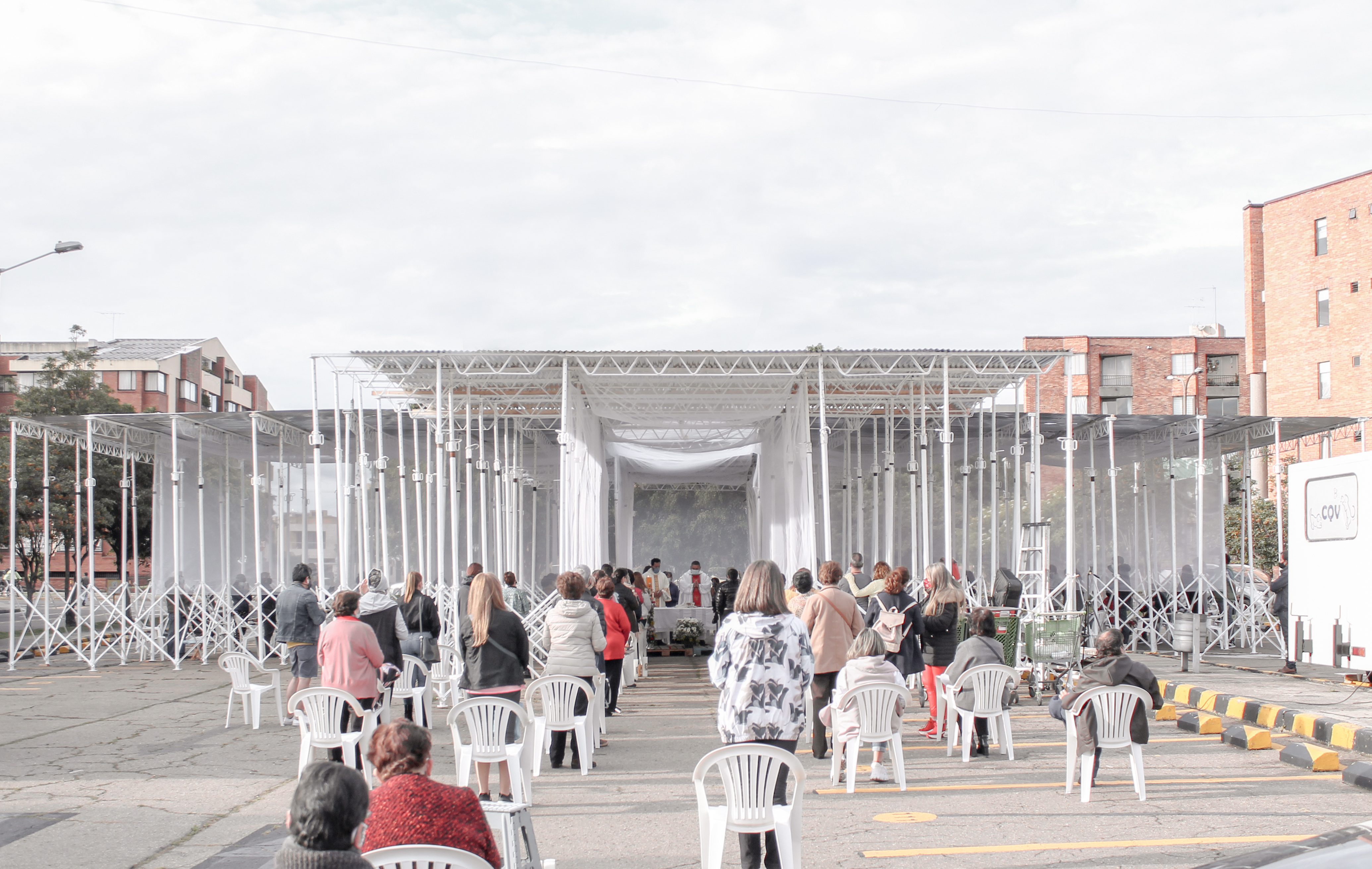
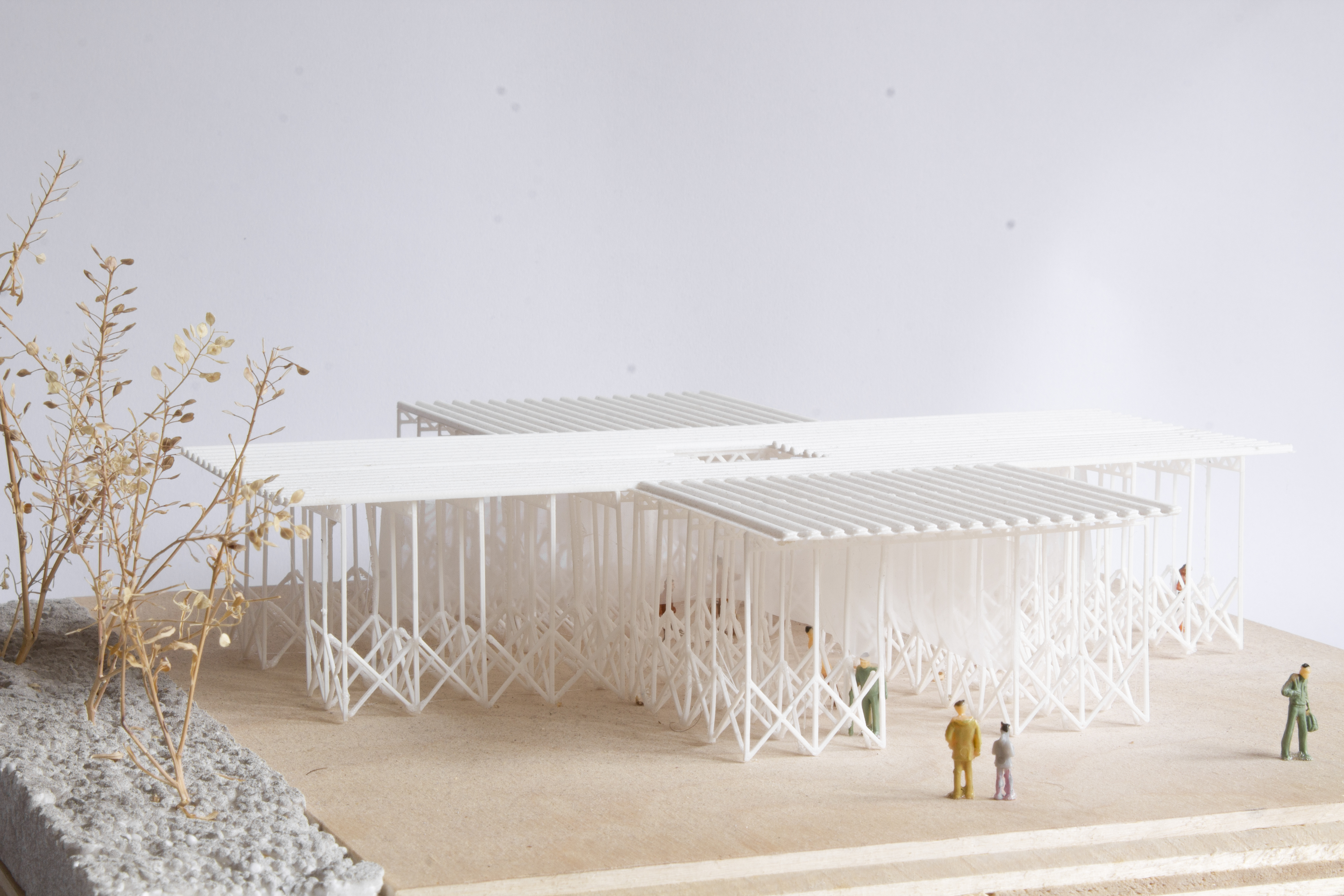
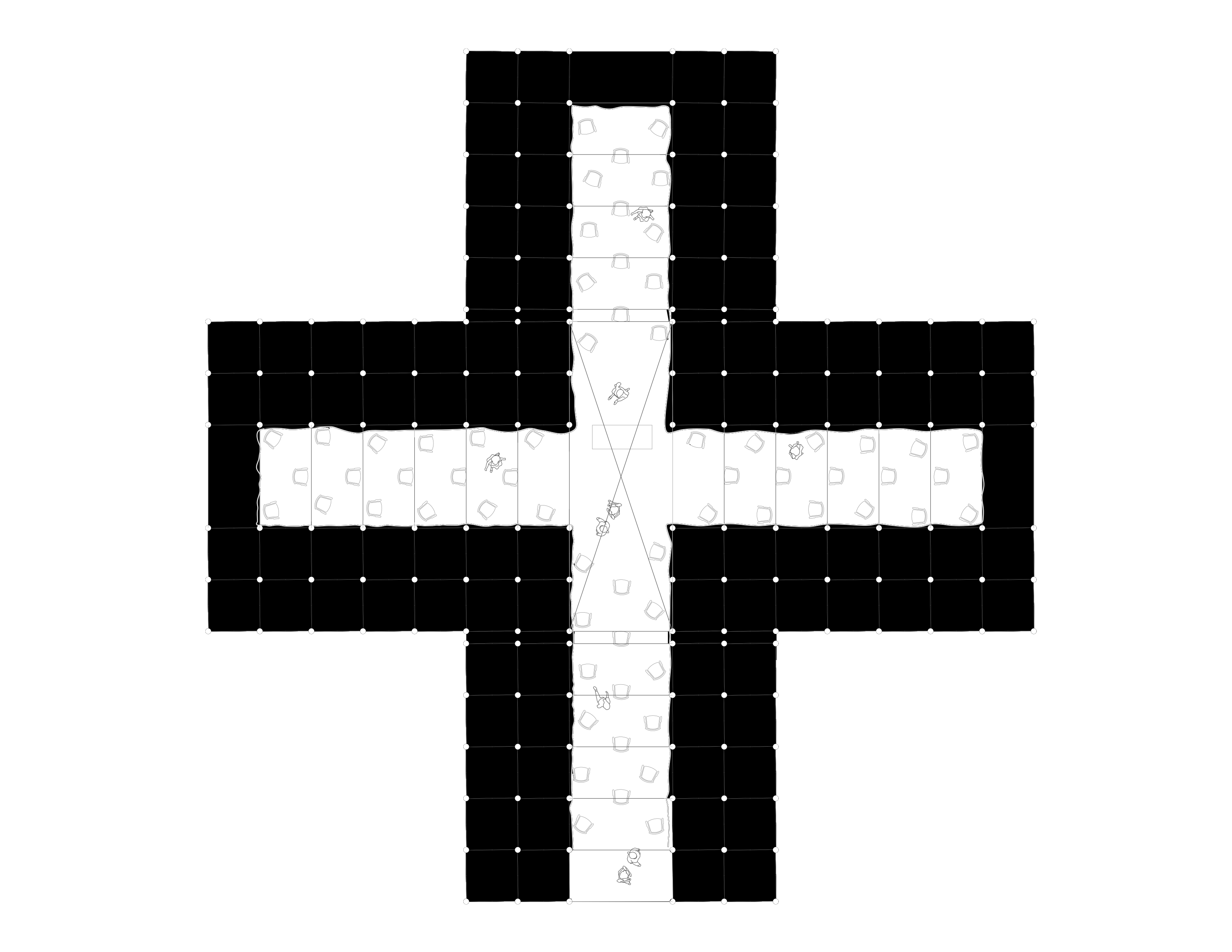
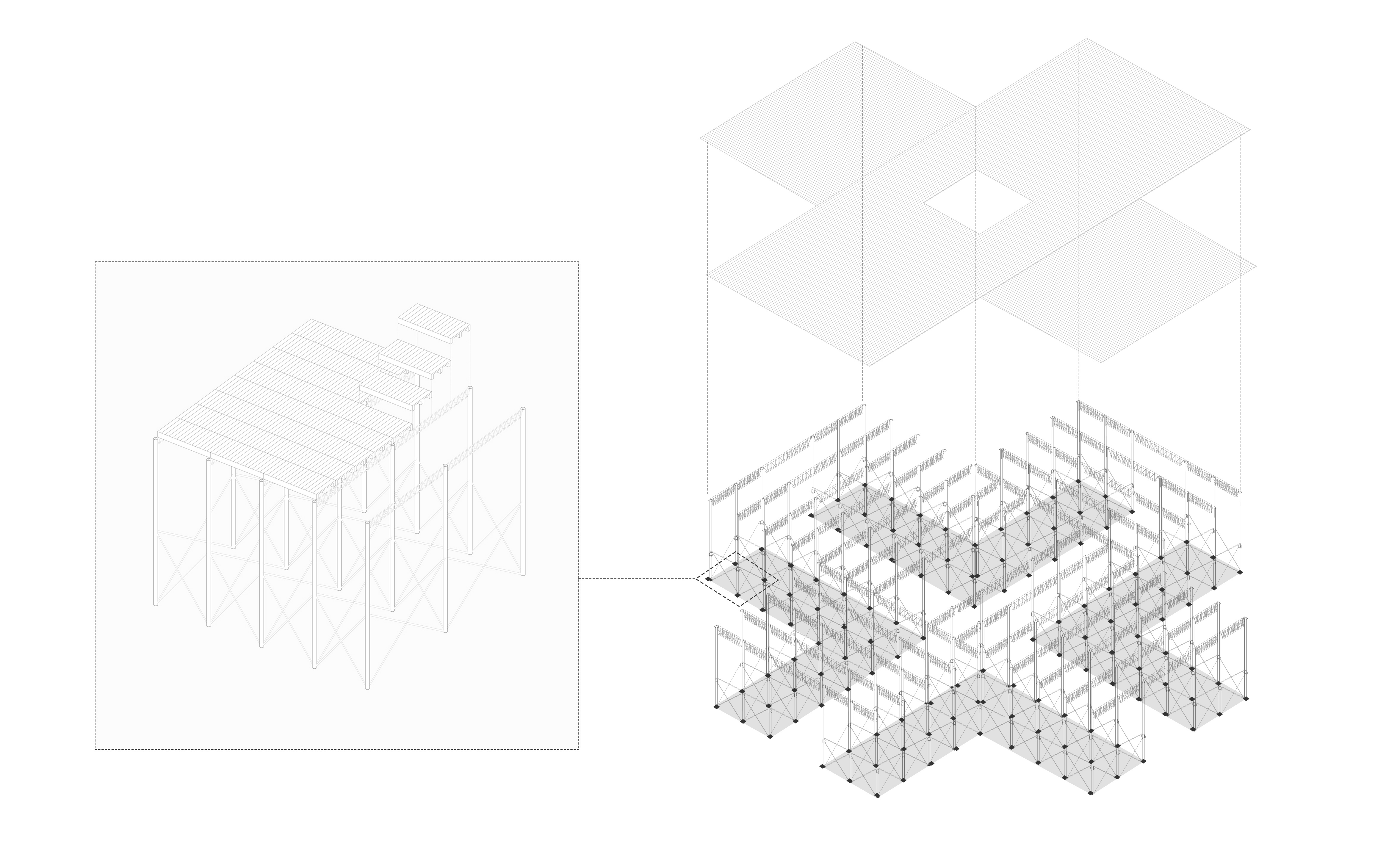
Alhambra’s Cross
Design by: Alsar Atelier + GB Urban Studio
Construction Year: 2020
Location: Bogotá, Colombia
Area: 342 m2
In March 2020, the citizens of Bogotá saw themselves facing the upcoming Holy Week celebrations in pandemic isolation. While usually not considered an issue of importance due to the socio-cultural significance of the catholic faith within the Latin American context, the senior community of the Alhambra Neighborhood saw this as an adverse restriction on their routines.
For elderly citizens, routinely attending mass is not only a matter of faith but also of socialization with their community and strengthening their mental health. As such, the community and the local church had started to take over a grocery store parking lot to conduct masses with nothing more than plastic chairs and a megaphone.
As Holy Week is when the most important yearly catholic celebrations take place, Alsar-Atelier, in collaboration with German Bahamon and the Colombian Society of Architects, approached the senior community of the Alhambra neighborhood with the intent of donating an open-air temporary chapel.
The main objective of the design was to help senior citizens adapt to the pandemic reality without restricting their leisure, especially in times of isolation. As the project came to fruition, the design team asked the grocery store parking lot owners if it was possible to use their space to install a temporary prayer space. They responded that they were only willing to donate a portion of their area for said chapel for only four days, leading to a condition of acute ephemerality that was crucial in defining the proposal.
Additionally, the project needed to host a community of 80 senior citizens under a minimum of 300 sqm and reference elements of classical catholic architecture within the final composition, per request of the clients, with essentially no funds to finance the project.
These seemingly impossible project conditions led to the reuse of the horizontal formwork system, the rudimentary modular structures used to cast concrete slabs in the global south. The process needed to cast concrete slabs requires the creation of a large inhabitable structure with quick assembly and disassembly, making said system an ideal compositional material for the chapel's design, as it shared the same conditions of ephemerality and economic accessibility. At this point in the process, Equinorte S.A.S, a company that loans out construction infrastructure, joined the team and agreed to donate the material needed to construct the design.
Alhambra’s Cross is a project that transformed a parking lot into a catholic temple by reusing rudimentary constructive infrastructures. The horizontal formwork’s orthogonal modularity and structural requirements led to a novel “solid vs void” Greek cross plan that deeply resonated with the structures of classical catholic architecture. Furthermore, by painting the horizontal formwork white, the industrial formal properties of the adjustable posts, crossheads, and rebar trusses were transformed into ornamental architectural elements. The metamorphoses of said frugal elements into a colonnade that resonated with sacred architecture makes the design an exemplary experiment behind the potential of low-cost tectonics.
The chapel had maximum occupancy for the three celebration dates of the holy week, It was highly popular amongst the local and adjoining neighborhood residents, who were keen to visit the project—successfully restoring a leisurely routine amongst the senior community of the Alhambra neighborhood. Moreover, as the material upcycled an existing construction system, the structure returned to its original use after disassembly, avoiding the typical generation of waste present in ephemeral architecture.
The project is exemplary of the value of need-based ephemeral architecture and, as a result, has been widely published in diverse architecture media, including NYC’s Metropolis magazine and the November 2023 printed issue of DOMUS.
